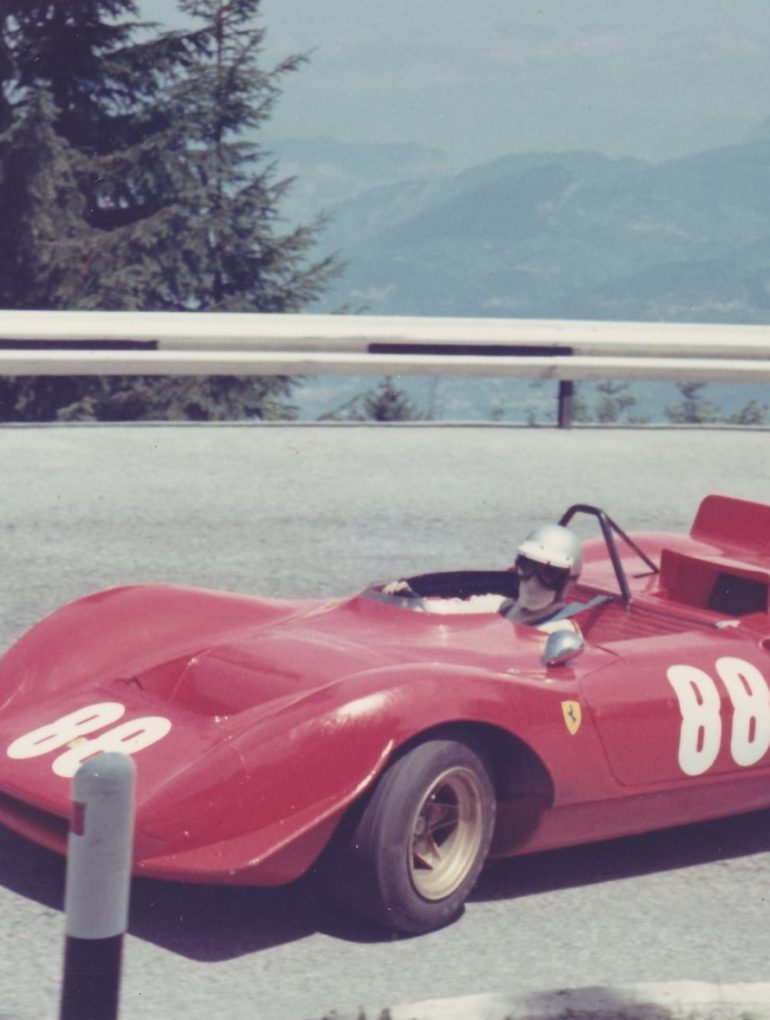Celebrating 55 years of the 1969 European Hill Climb Championship crown, where the Ferrari 212E Montagna finally gave Scuderia Ferrari its first title in this motorsport discipline, Sports Car Digest presents its readers with an in-deep story of this mythical vehicle, in a form of a detailed summary of its development and the complete analysis of the 212E racing record.
In this second part, the reader will participate in the moment of truth in the 212E project: the first race valid for the 1969 European Hill Climb Championship, in Montseny (Spain). Afterwards, we will follow the journey of Scuderia Ferrari throughout the first part of the championship season, with stops in Germany, France and Italy. Not everything would be roses for the team throughout these races, with the 212E demonstrating some weaknesses that could be fatal to the Scuderia’s objectives for 1969.




